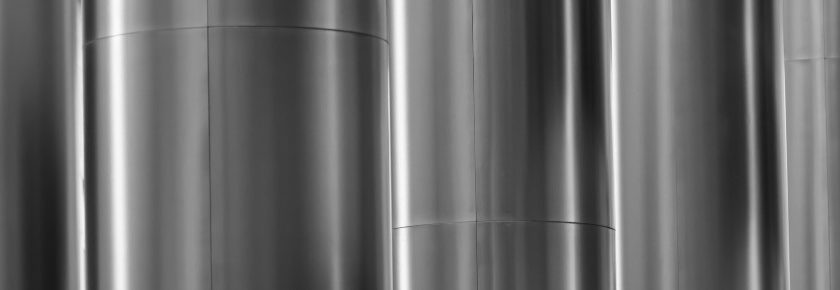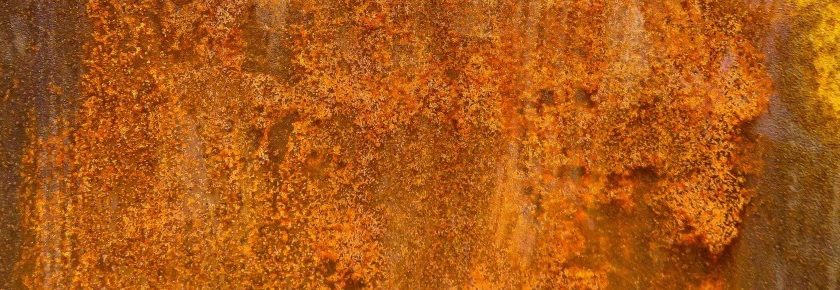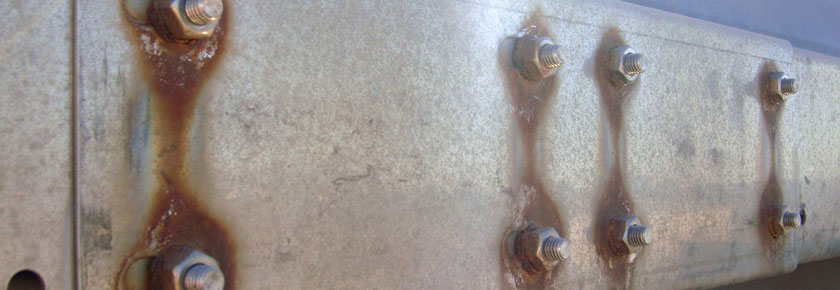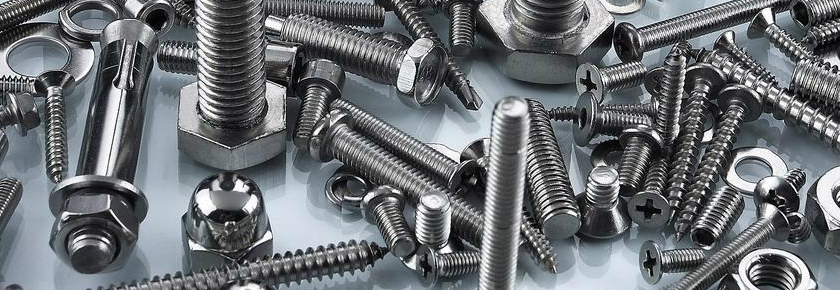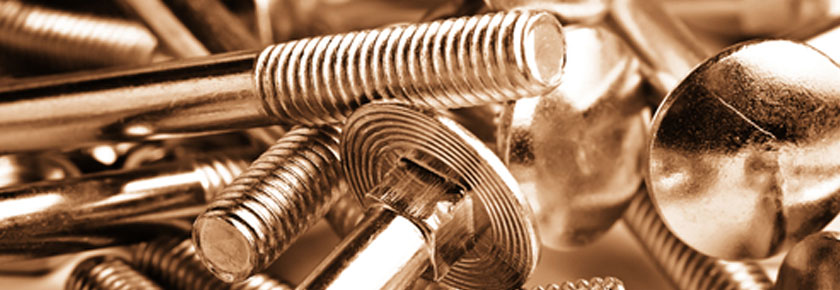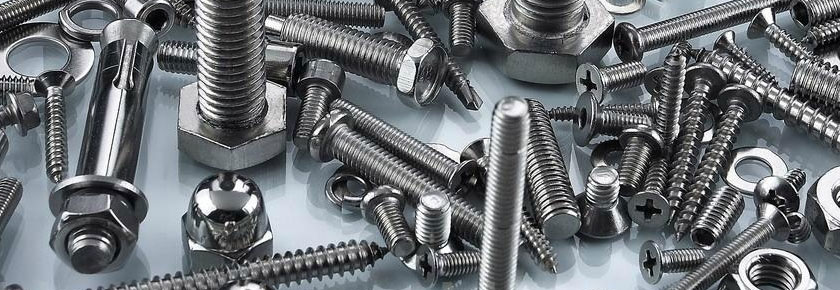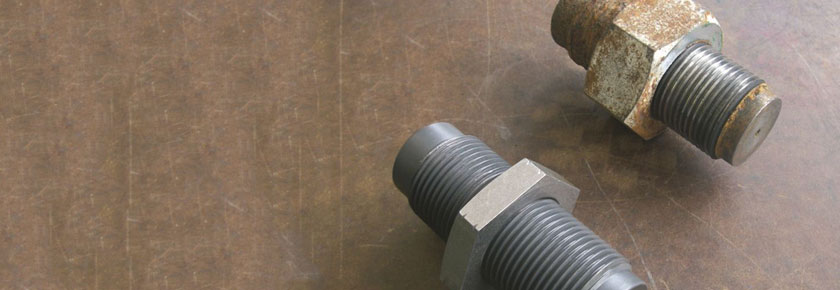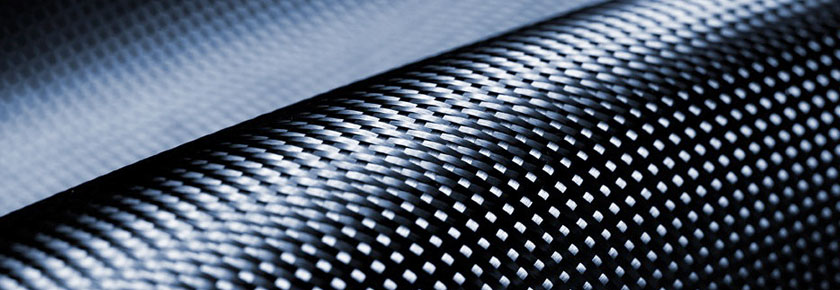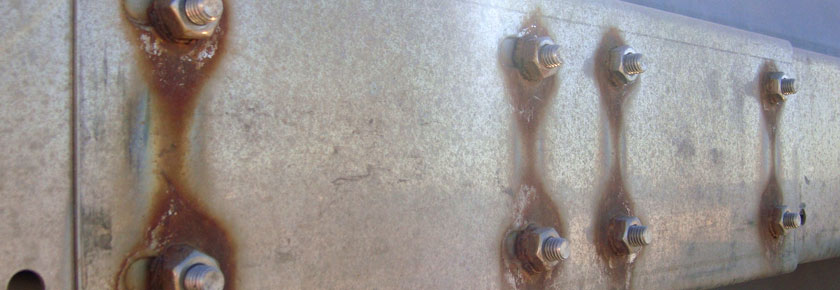As the second most abundant metal on the planet, it comes as no surprise that aluminum is one of the most widely used metals. This highly versatile metal boasts a range of desirable characteristics and properties. Because of its popularity and widespread use, it’s imperative to have a clear understanding of the conditions that may shorten the lifespan of the metal, particularly aluminum corrosion. Let’s take a closer look at aluminum corrosion as well as how to prevent aluminum corrosion.
Understanding Aluminum Corrosion
Most metals naturally want to return to their original oxidized state. This conversion is called corrosion. However, the corrosion of any metal can substantially reduce its strength and cause partial fractures, cracks, and even total failure.
In the simplest sense, aluminum corrosion is the decay of aluminum molecules into its oxides. This results in the degradation of its chemical and physical properties. The severity and degree of corrosion that happens over time are based on material and the operating environment.
Does Aluminum Rust?
Rusting, on the other hand, is a specialized form of corrosion that only iron and steel go through. Rust is the layman’s term for iron oxide, which is when steel or iron undergoes the process of oxidation.
In other words, rust is when the iron oxidizes and starts to flake off. This flaking then exposes fresh metal underneath, which then oxidizes, flakes, and constantly repeats. However, aluminum doesn’t rust.
How Corrosion Resistant Is Aluminum?
Most experts on corrosion agree that aluminum resists corrosion well. Even so, it’s often necessary to protect it against corrosion based on the alloy, environment, application, and use of the aluminum component.
- 1000-Series Aluminum: Aluminum grade 1100 is pure commercial aluminum. This material boasts excellent corrosion resistance and is typically used in food processing and chemical industries.
- 3000-Series Aluminum: Alloy 3003 falls within this series and is undoubtedly the most widely used of all aluminum alloys. This is a pure, commercial-grade aluminum material enhanced by Manganese and Copper, which represents a 20% boost in strength. 3000-Series aluminum also offers excellent corrosion resistance.
- 5000-Series Aluminum: Another very popular aluminum alloy is the 5052 alloy, which offers the highest strength of any non-heat-treatable grade. Alloy 5052 is widely used in marine atmospheres and environments with saltwater because of its remarkable corrosion resistance.
- 6000-Series Aluminum: As one of the most versatile heat-treatable alloys, 6061 offers the trifecta of good strength, good aesthetics, and better corrosion resistance. On the other hand, Alloy 6063 is known as a structural alloy because of its great finishing, high tensile, and high corrosion resistance properties.
While strain-hardenable alloys of 1000, 3000, and 5000 series and age-hardenable alloys of the 6000 series offer robust corrosion resistance, copper-containing alloys of 2000 and 7000 series are not sufficiently resistant to corrosion in humid environments. Because of this, these aluminum copper-containing alloys may require special treatment to prevent corrosion.
How to Prevent Aluminum Corrosion?
Aluminum corrosion can be a very serious problem, so you should take every necessary step to prevent corrosion of aluminum. A few of the top steps and best practices include:
- Understand the Power of Choice. The first and most important thing you can do is to choose the right alloy. As a rule of thumb, 1000, 3000, and 5000 series aluminum will provide you with the highest level of resistance.
- Modify Surface Properties. Modifying the surface properties by applying chemical conversion coating, cladding, powder coating, anodizing, or boehmite coatings.
- Offer Protection. Knowing that certain environments can expedite corrosion, you can protect it by utilizing continuous protective coatings of lacquer or paint.
- Consider the Medium. You can minimize the effects of galvanic corrosion, which is caused by placing two dissimilar metals — such as steel and aluminum — next to each other.
Do you have questions about aluminum and aluminum corrosion? Email us at ProvenProductivity@bossard.com with any questions!
UP NEXT

